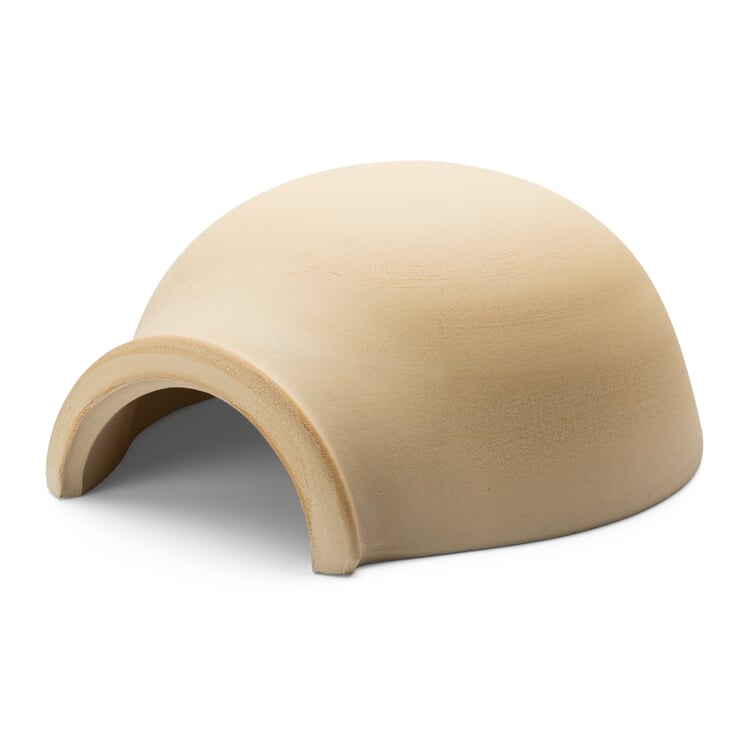Hedgehog protection in the garden
The idea of putting one's own garden at the service of animal welfare is by no means new, but remains topical due to the decline of natural habitats. For example, hedgehogs, once a common sight, are now covered by the Federal Species Protection Act. In the wild, the hedgehogs have fewer and fewer refuges, which is why some of the remaining population is turning to home gardens for shelter. Since they act as beneficial insects there, the necessary animal protection is combined with an advantage for the garden: Hedgehogs eat slugs, grubs, insects and worms, and thus also contribute to a natural balance. However, properly understood hedgehog conservation becomes even more urgent for another reason: with good intentions, animals that are thought to be sick or too weak are often taken away from their ancestral environment in the autumn, even if they would have better chances of survival there. And last but not least, hedgehogs are at great risk from the growing volume of traffic.
What can you do?
A natural garden is an essential contribution to the preservation of the hedgehog. He needs freedom of movement; fences and boundaries must be permeable, light wells should be covered with a grid.
If a hedgehog appears in the garden, it also indicates that it is close to nature. This includes avoiding chemical agents altogether; for example, hedgehogs can be killed by slugs poisoned with slug pellets. Natural piles of dead wood or stones, or a suitable hedgehog house, provide a winter home; feeding is not normally necessary. Like all wild animals, hedgehogs should be left alone as much as possible. Effortful care does them more harm than good, and the animal should also be left in its usual environment if possible.
Our housing offer
The hedgehog house here is made of solid-fired ceramic with a high fireclay aggregate, thus permanently frost-resistant and stable against external influences, warm and dry inside. The hedgehog house is placed in a quiet place in the garden and covered with earth, leaves, straw and bark mulch.
Placed in a sheltered spot, it provides a resting place for the hedgehog. The square entrance with the lowered canopy keeps out uninvited guests, and at the back a flap can be opened for filling with dried leaves and for occasional cleaning of the inside of the house.













